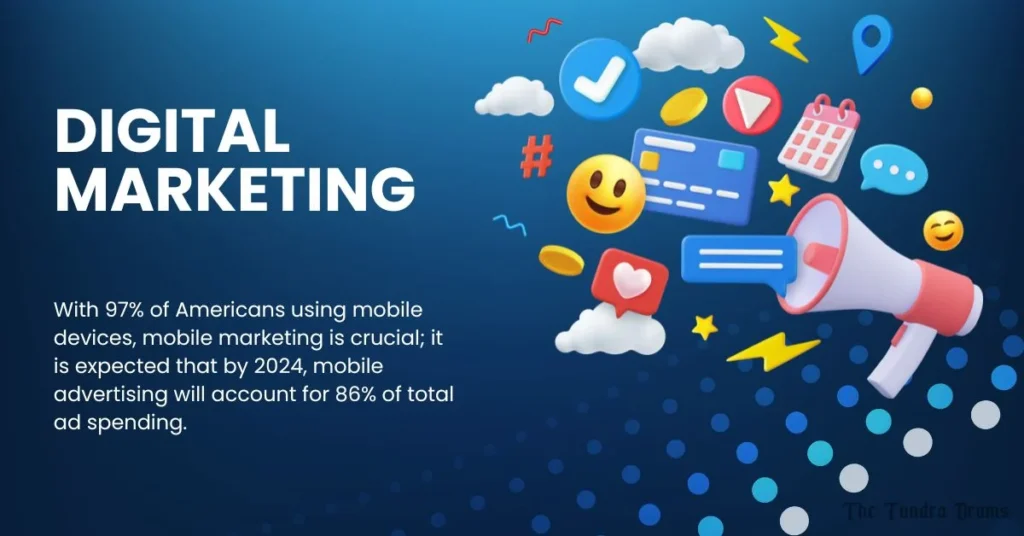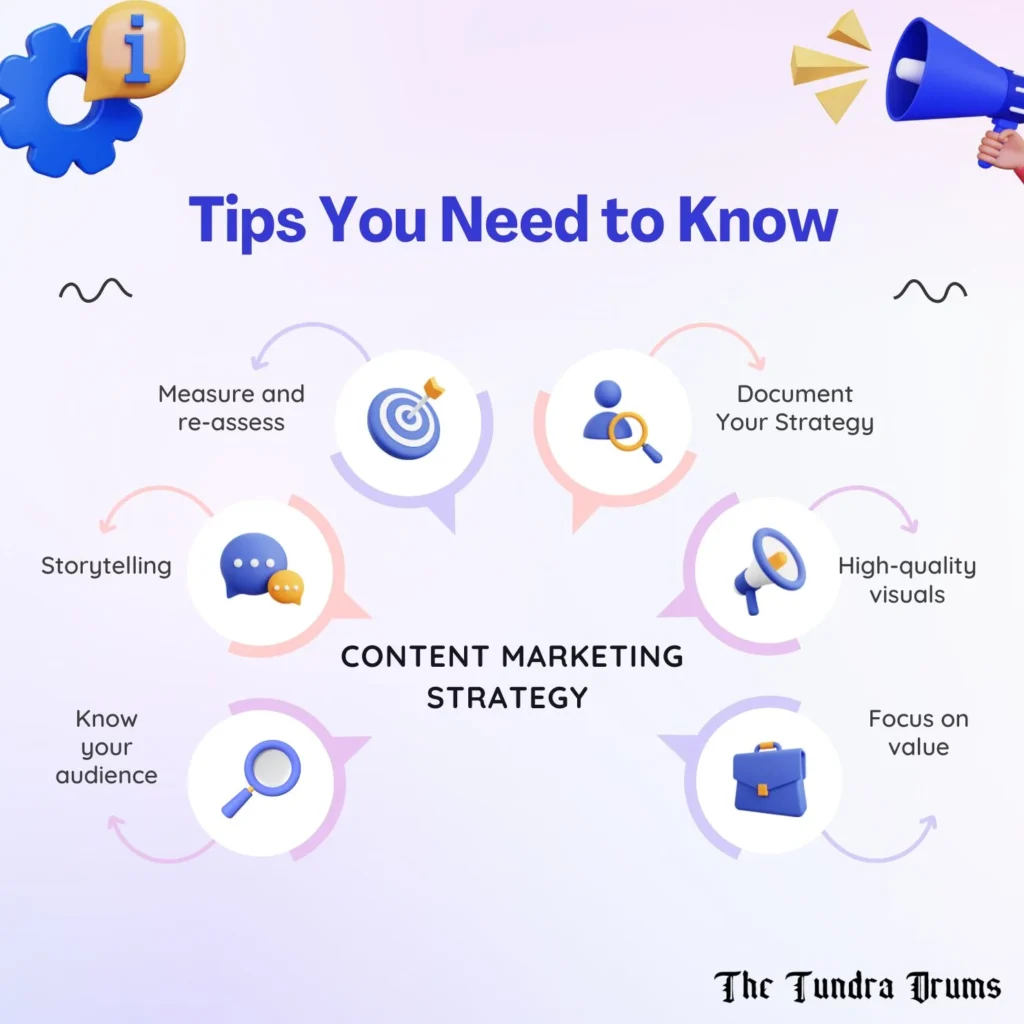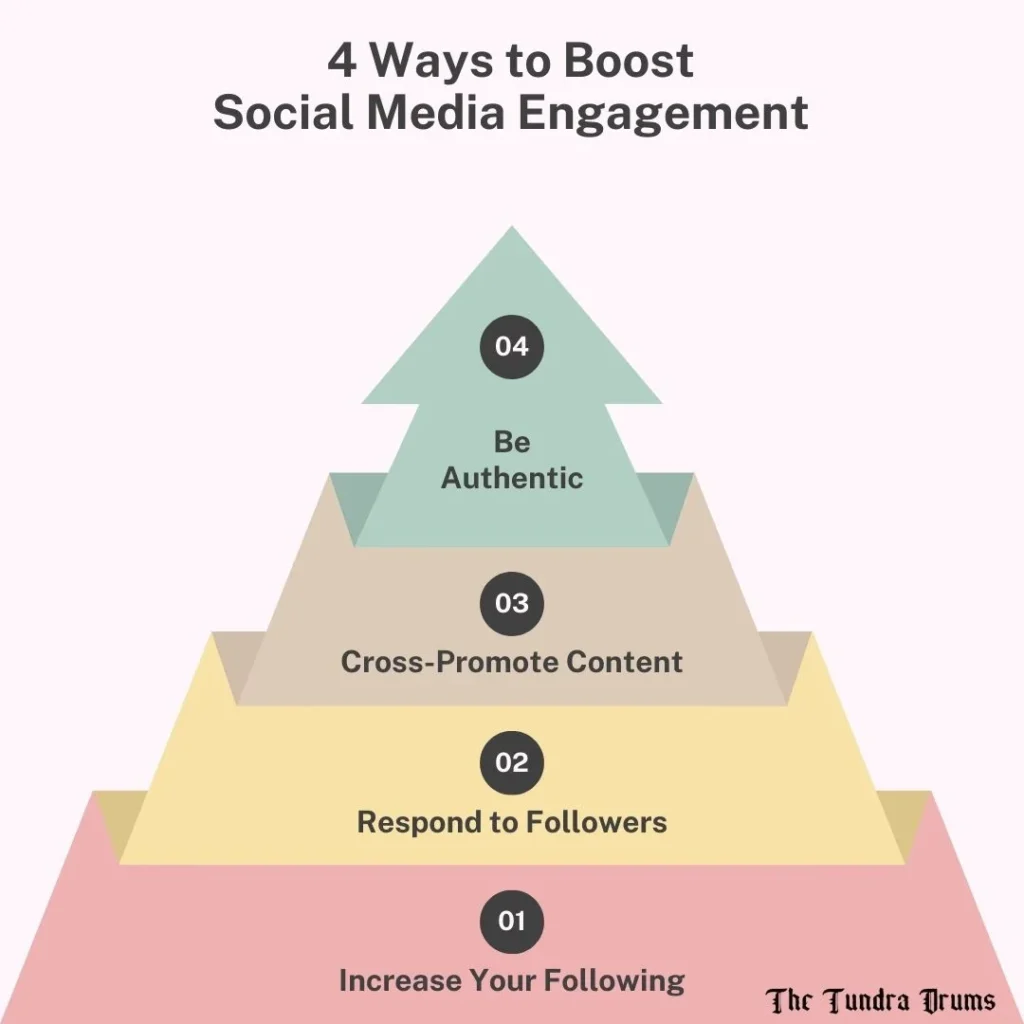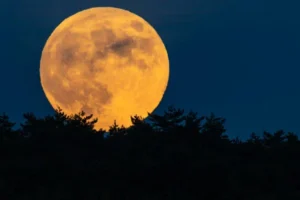Table of Contents
The digital trend is constantly evolving, and 2025 is no exception. To stay ahead of the curve and succeed, businesses must embrace the latest digital marketing strategies.
Digital marketing is about creating immersive experiences, prioritizing user privacy, and delivering targeted content.
With the digital world becoming more competitive and consumers more discerning, making the best digital marketing strategies is essential for transforming your business and driving game-changing success.
Best Digital Marketing Strategies For Your Business

1. Developing a Digital Marketing Plan
Now that you understand the importance of digital marketing plans in 2025, let’s get down to brass tacks and develop a plan to achieve success. Here are the first crucial steps:
The foundation of any successful marketing campaign is a clear understanding of your target audience. This involves creating buyer personas and detailed profiles that represent your ideal customers. Here are some key aspects to consider:
Demographics: Age, gender, location, income, etc.
Needs and Pain Points: What problems are they facing?
Online behavior: What websites and social media platforms do they frequent?
Values and Interests: What motivates them? What are their hobbies?
In 2025, 5.42 billion people are expected to be active social media users globally, with the average person engaging with 6.83 different social networks per month. This makes understanding your audience’s platform preferences more important than ever to effectively reach them.
Global Digital Marketing Spend and Growth
Global digital advertising spend is projected to surpass $500 billion in 2025, with forecasts reaching $1.1 trillion by 2030. In 2024, worldwide ad spend was approximately $1.1 trillion, an increase of 7.3% ($75 billion) compared to 2023.
2. Setting SMART Goals
Once you know who you’re targeting, it’s time to define your goals. SMART goals are Specific, Measurable, Achievable, Relevant, and Time-bound. Here are some examples of SMART digital marketing goals:
Increase brand awareness by 20% within six months, as measured by social media mentions and website traffic.
Generate 100 qualified leads per month through content marketing initiatives.
Boost website conversion rate by 5% in the next quarter through A/B testing and optimization.
In 2025, email marketing ROI has increased by 40%, underlining the effectiveness of setting targeted goals in your email marketing campaigns.
3. Website Optimization
Your website is the hub of your online presence, so optimizing it for both users and search engines is crucial. Here are three key areas to focus on:
Improved user engagement: A user-friendly website keeps visitors engaged, exploring more content and increasing the likelihood of conversions.
Reduced bounce rates: If users find your website difficult to use, they'll quickly leave, leading to high bounce rates and missed opportunities.
Enhanced brand reputation: A well-designed and user-friendly website reflects positively on your brand and builds trust with visitors.
In 2025, 68% of all online experiences are expected to be driven by SEO, emphasizing the importance of optimizing your website to remain competitive.
4. Content Marketing

Content marketing is creating and distributing valuable, informative content that attracts and engages your target audience. It’s a powerful tool for building brand awareness, establishing thought leadership, and driving conversions.
73% of companies that allocate between 10% to 70% of their total marketing budget to content marketing report being very successful.
Approximately 60% of podcast listeners have searched for a product after hearing about it in a podcast, indicating the potential for podcasts as a content marketing tool.
The key to successful content marketing is creating content that resonates with your audience. Here are some tips:
- Know your audience: Structure your content according to their needs, interests, and pain points.
- Focus on value: Provide informative, educational, or entertaining content that solves their problems or improves their lives.
- Variety is key: Use different content formats, such as blog posts, articles, infographics, videos, and social media content, to keep your audience engaged.
- Storytelling: Weave compelling narratives into your content to connect with your audience emotionally.
- High-quality visuals: Use images, videos, and infographics to break up text and make your content more visually appealing.
5. Social Media Marketing

Social media marketing lets you personally connect with your target audience, build brand awareness, and drive traffic to your website.
Here’s how to use a digital marketing campaign for success:
Not all social media platforms are created equal. The key is identifying the platforms where your target audience spends their time. Here are some popular platforms to consider:
- Facebook: Facebook is a broad platform that is suitable for reaching a wide audience across demographics.
- Instagram: Focuses on visual content, ideal for sharing images and videos of your products or services.
- Twitter: Great for real-time engagement, news updates, and short-form content.
- LinkedIn: A professional networking platform ideal for B2B businesses.
- YouTube: The second-largest search engine globally, perfect for video marketing and tutorials.
6. Affiliate Marketing
Affiliate marketing is a performance-based marketing strategy where you partner with other businesses or individuals to promote their products or services.
- The U.S. affiliate marketing industry is valued at approximately $6.8 billion, making it the largest market for affiliate marketing globally.
- The overall global affiliate marketing industry is projected to grow from $17 billion in 2023 to $27.78 billion by 2027, reflecting a growth rate of about 10% annually.
Here’s how affiliate marketing works:
- You join an affiliate program: Many companies offer affiliate programs where you can sign up to promote their products.
- You promote their products by sharing affiliate links on your website, social media, or other marketing channels.
- Someone clicks your link: When potential customers click on your unique affiliate link, they are redirected to the merchant’s website.
A sale is made (or a lead is generated): If the visitor makes a purchase (or completes a desired action), you earn a commission.
7. AI in Digital Marketing
Artificial intelligence (AI) is rapidly transforming the digital marketing landscape.
- Google searches for “AI marketing tools” have increased by 967% over the past 24 months.
- AI-driven search engines are changing discovery, with 80% of 155,000 queries triggering AI Overviews in Google after the March 2025 update.
Here are some key areas where AI is revolutionizing digital marketing:
- Content creation: AI can assist with content ideation, generate variations of headlines and ad copy, and personalize content for different audience segments.
- Email marketing: AI can personalize email campaigns, segment email lists for targeted messaging, and optimize email send times for better engagement.
- Social media marketing: AI tools can schedule social media posts, manage multiple platforms, and personalize content for different audiences.
- Chatbots: AI-powered chatbots can handle customer service inquiries, answer frequently asked questions, and provide 24/7 support.
- Paid advertising: AI can optimize pay-per-click (PPC) campaigns, identify the most relevant keywords, and automate bidding strategies.
8. Optimizing for Voice Search
Voice search technology is rapidly evolving, and optimizing your digital presence for this growing trend is crucial.
Here’s how to ensure your website and content are voice-search-friendly:
- Focus on long-tail keywords: People use more natural language in voice searches. Optimize your content for long-tail keywords and conversational phrases.
- Answer questions directly: Voice searchers are looking for immediate answers. Structure your content in a question-and-answer format, addressing the “who, what, when, where, why, and how” behind a topic.
- Local SEO is critical: Voice search is often used for local searches like “best restaurants near me.” Optimize your Google My Business listing and ensure your NAP (Name, Address, Phone number) is consistent across the web.
- Mobile-friendliness is essential: Since most voice searches happen on mobile devices, ensure your website has a fast loading speed and a user-friendly mobile interface.
The Bottom Line
This guide has provided a roadmap for crafting a winning digital marketing strategy in 2025. You can connect with your target audience and build brand awareness by prioritizing mobile-friendliness, creating valuable content, and utilizing SEO and social media.
Exploring partnerships through affiliate marketing and utilizing AI for automation and insights can further enhance your reach and efficiency. Finally, optimizing for the growing voice search trend ensures you can experience future search behaviors. With the right strategies, your business can achieve remarkable results.











